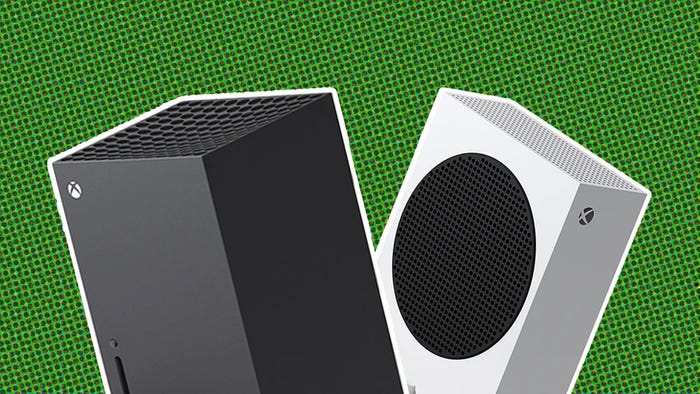CES: Can Softkinetic speed up evolution of gesture-based games?
Microsoft's Kinect has the market cornered on gesture-based games, but Softkinetic's business-facing strategy could do more to push gesture gaming to meet a true mass market.

When people who follow the video game industry think of gesture-based video games, Microsoft’s Xbox 360 Kinect sensor probably comes immediately to mind. But the Kinect is not the only video game sensor solution. Belgium-based Softkinetic, purveyors of the gesture recognition SDK Iisu and DepthSense camera tech, is in the position to evolve the sensor-based gaming market faster than Microsoft, and theoretically drive controller-based gaming to a true mass market. Whereas Kinect is tied to Xbox 360 and Windows, Softkinectic’s business-facing strategy has the company talking to partners like Asus, which license the motion tech for new sensors that consumers connect to their TVs. So, say when an accessory manufacturer releases a new line of motion cameras every year, that company can integrate the latest gesture tech into each new line of cameras. There's nothing such as a dedicated console or legacy software holding things back. Accessories aren't the most exciting part of Softkinetic's plans. Virgile Delporte, VP of marketing and business development for Softkinetic told Gamasutra at CES on Tuesday that the next step is full integration of the tech into televisions. Talks have already been underway. When asked if Softkinetic was talking to TV manufacturers such as LG and Samsung, Delporte said, “Absolutely, every day. We’ve been talking to all the TV manufacturers for a year or two.” He didn’t say specifically that the talks were with LG and Samsung, but the integration of such technologies into big TV brands can introduce motion control to a mass market. (Make no mistake, Softkinetic as a business isn't really in direct competition with consumer-facing Microsoft. The companies that business-facing Softkinetic licenses its tech to are more in that arena.) Softkinetic's motion control is intended to be used for games as well as controlling TV menus and other living room entertainment functions. (Kind of like what Microsoft's successful Kinect -- which also boasts voice control -- does today.) For now, having something like a dedicated console power a motion sensor does have its advantages, mainly serious processing power that currently isn't as practical to have built into a television. (If cloud gaming companies and their TV partners have anything to say about it, that won't be an issue for long, as processing power would be handled remotely.) And Softkinetic's living room setup required a media PC connected to a TV and the camera. But not being tied to a specific platform such as Xbox 360 allows Softkinetic, which has an internal game development studio, to introduce in a relatively rapid fashion new iterative generations of motion sensing tech. At CES, the company was showing off motion technology on SoftKinetic's DepthSense 311 camera, in which a user could control a game in real-time within 15 centimeters away. And that wasn't even the latest generation of motion sensing tech that the company had on display. The tech also sensed fingertips and finger joints -- accuracy that is crucial if the company wants to jump into the tablet space. However, full tablet integration is still a little ways off. “If today is step one, [tablet compatibility] is step three," said Delporte. "Step two is external accessories. [The tech] has to be minimized enough to fit into the frame of a tablet.”
About the Author(s)
You May Also Like













